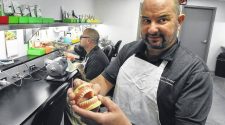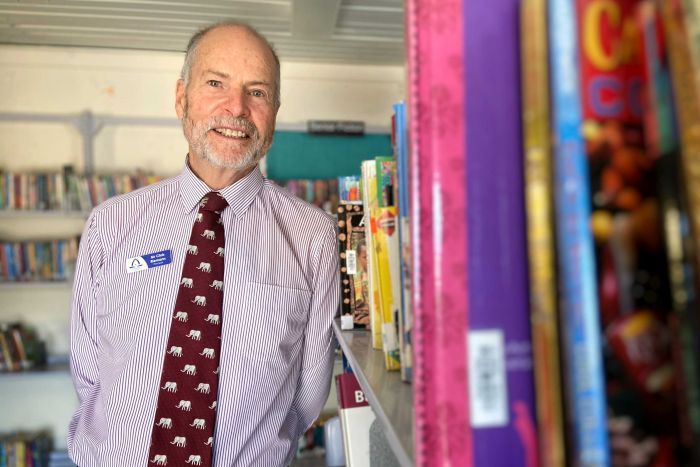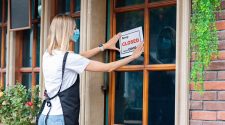Posted
Photo:
Playford College deputy principal Racha Makki said many students at the school did not have access to a digital device or the internet at home. (ABC News: Lincoln Rothall)
School time is going to be severely reduced for some of the nation’s poorest students as classes move online, with many families struggling to afford internet and digital devices for their children.
Key points:
- Teachers are worried some students will fall behind without adequate technology and internet access
- At one Adelaide school, 70 per cent of students’ families are on welfare
- The principal said students who speak languages other than English at home have added challenges
It is a problem experts warn could worsen Australia’s educational divide unless the government steps up.
Seventy per cent of the families at Playford College in Adelaide’s north are on welfare.
Many families at the school can barely afford books, let alone a laptop or a decent home internet plan.
It’s not uncommon for four students to be sharing one laptop at home, according to the school’s deputy principal Racha Makki.
She feared online schooling would further set back her students’ educational outcomes.
“There is a chance that the only device at home is for the parents; you might have three to four children who attend primary school in the same household and all these children are expected to be online in many cases at the same time,” she said.
“Internet is a problem as well; in many cases internet is on one device which is for the mum or the dad.
“If we don’t provide for our kids what they need, they will be even more disadvantaged.”
Language added challenge for students
Like many schools, Playford College teachers are going above and beyond to find work around solutions, including staggering lesson times via year level so each student in a family can still get some time with their teacher each day.
Photo:
Playford College principal Chris Riemann said the school did not have enough tablets and laptops to loan students and would welcome some more government support. (ABC News: Lincoln Rothall)
The school, which opened four years ago, supplies a laptop for every middle school student and has loaned out all remaining laptops and tablets to families in need.
But principal Chris Riemann said there was still a significant shortage.
He said the school community had an added challenge, as most of its students spoke languages other than English at home.
“Our students already start behind many school populations just because of English … the school does very well with intensive English to get the children up to speed, but they can’t do that in a home learning environment,” he said.
“They’re serious challenges for our community.
“If the government could provide technology at home for disadvantaged families like ours, families on welfare, then that would be incredibly helpful.”
University of South Australia associate professor Sue Nichols said digital disadvantage had become a widespread problem in Australia and the Government and the community needed to step up to help out these students.
“We’re going to need to bring all our resources to the table, that includes community organisations, philanthropics, universities as well and the governments,” she said.
“We’ve known that this gap, not just a digital gap but a resource gap, has been around for quite some time; this is the time where we can really step up.
“We need to come up with some creative, whole of community efforts to make sure that no child goes short of educational resource or provision.”
She said while teachers were taking on a lot of extra work to find solutions, it would be worth the effort in the long-run.
“We wind up with a really useful resource and we wind up with a lot of digitised material,” she said.
Topics:
covid-19,
diseases-and-disorders,
health,
schools,
education,
information-and-communication,
computers-and-technology,
internet-technology,
adelaide-5000,
sa,
australia
















